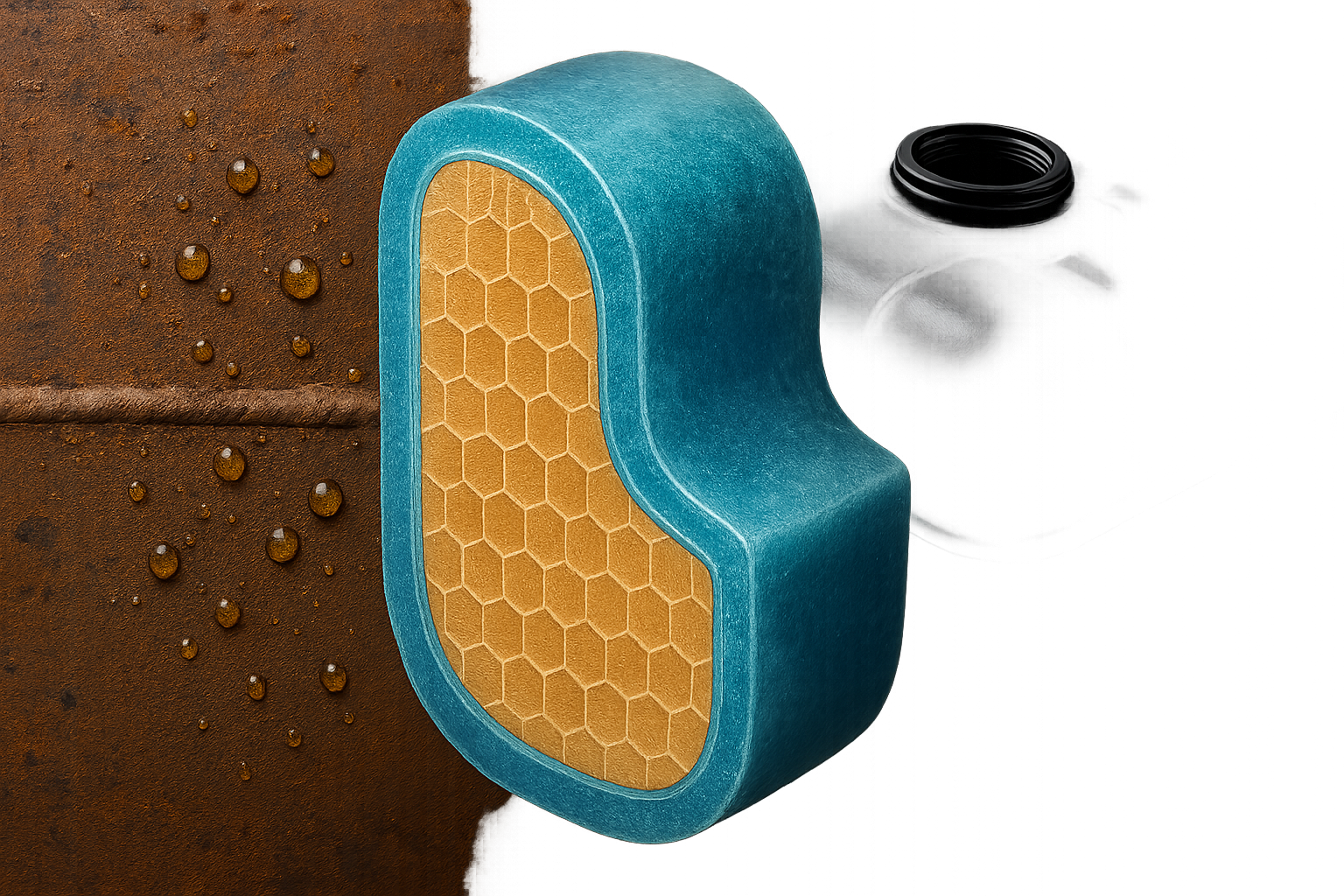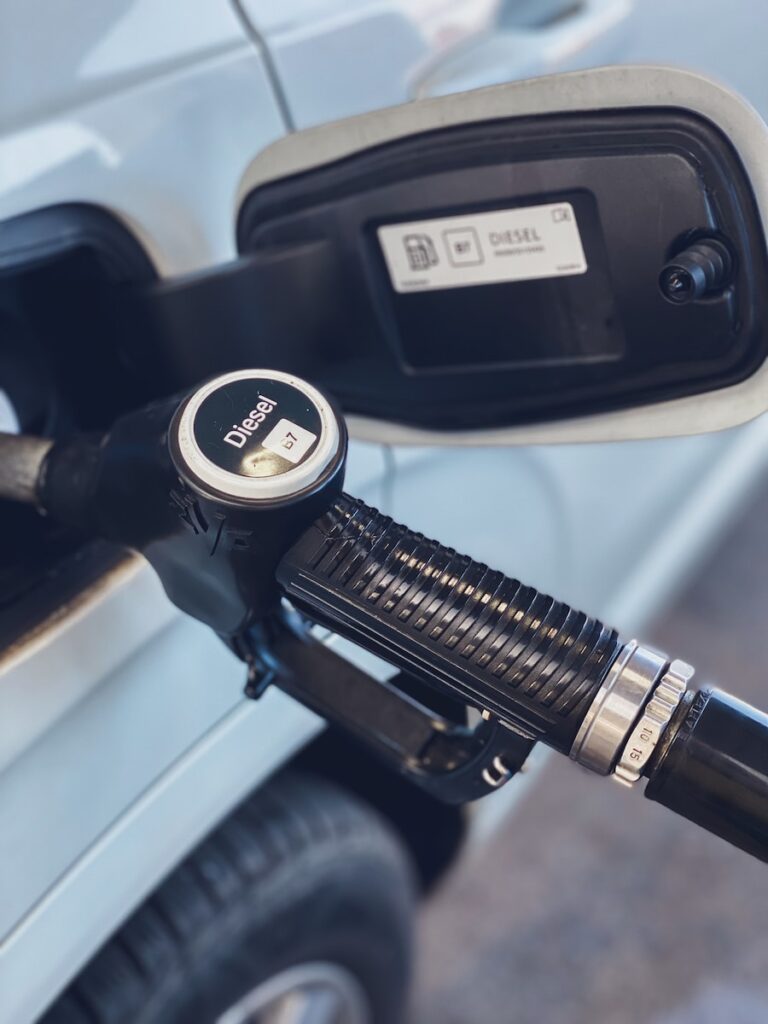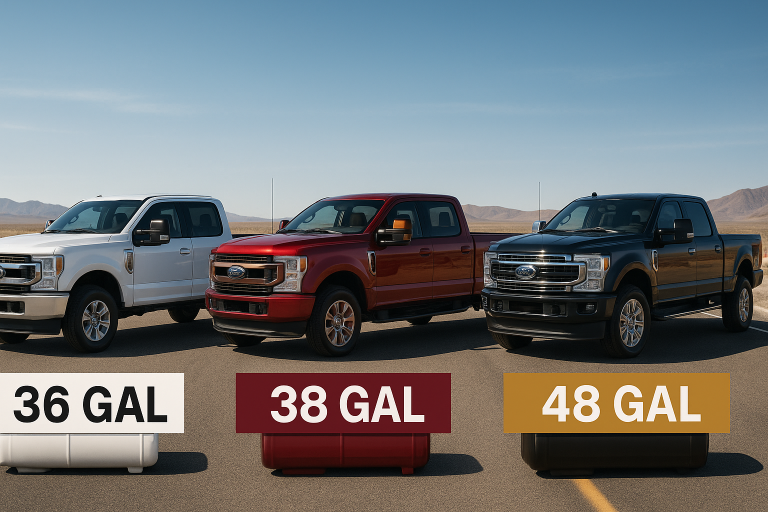Can Fuel Tanks be Made Out of Wood?
Fuel tanks are critical components in any vehicle or machinery that relies on liquid hydrocarbons for energy. Their design must ensure not only structural integrity but also long-term chemical resistance, environmental safety, and compliance with strict regulatory standards. While wood has historically played a role in many engineering applications, its use as a material for fuel tanks is fundamentally impractical and unsafe. Below is a detailed breakdown of why wood is unsuitable for this purpose across multiple dimensions.
1. Chemical Degradation & Incompatibility
Hydrocarbon Attack
Modern fuels—such as gasoline, diesel, biodiesel, ethanol blends (E85), and even newer synthetic fuels—are complex mixtures of aliphatic and aromatic hydrocarbons, oxygenates, and performance-enhancing additives. These substances are chemically aggressive to organic materials like wood.
Wood consists primarily of three polymeric constituents:
- Cellulose: A crystalline polymer providing rigidity.
- Hemicellulose: Amorphous polymers that act as binding agents.
- Lignin: A complex phenolic polymer that gives wood its rigidity and resistance to rot.
Each of these compounds is susceptible to degradation when exposed to hydrocarbons.
Swelling and Softening
When fuel comes into contact with wood, it can penetrate the porous cell walls, leading to swelling and softening. This phenomenon disrupts the hydrogen bonding between cellulose fibers, weakening the overall structure. The result is a loss of dimensional stability and mechanical strength, especially under pressure or temperature fluctuations.
Dissolution and Breakdown
Certain fuel components, particularly aromatics like benzene and toluene, act as solvents. These can dissolve lignin and other natural resins within the wood matrix, accelerating decomposition. Biofuels such as biodiesel and ethanol-blended gasoline pose an additional challenge due to their hygroscopic nature—absorbing moisture from the environment—which promotes microbial growth and further accelerates decay.
Long-Term Degradation
Even if a wooden tank appears intact initially, prolonged exposure leads to progressive embrittlement, cracking, and disintegration. Unlike metals or polymers designed for chemical resistance, wood lacks the inherent durability to maintain integrity over time in the presence of petroleum-based fuels.
2. Permeability and Seepage
Inherent Porosity
Wood is a naturally porous material composed of interconnected microchannels (tracheids, vessels, and fibers). These pathways allow both liquid and vapor-phase hydrocarbons to permeate through the structure over time. Even dense hardwoods cannot prevent molecular diffusion of fuel components.
Evaporative Losses
The permeability of wood leads to significant evaporative emissions, which not only waste fuel but also contribute to volatile organic compound (VOC) pollution. This violates modern emissions regulations aimed at reducing ground-level ozone and smog formation.
Leak Development
As the wood degrades, cracks and fissures form along grain boundaries or weakened zones. These flaws transition from slow seepage to active leaks, posing serious risks of fire, explosion, and environmental contamination. Such failures are unpredictable and difficult to detect until they become catastrophic.
3. Structural Inadequacy
Limited Strength & Durability
Wood lacks the tensile, compressive, and impact strength necessary to safely contain pressurized liquids and vapors. It cannot withstand internal pressures caused by fuel expansion, vapor build-up, or dynamic forces experienced during vehicle operation.
Anisotropic Nature
Unlike isotropic materials such as steel or high-density polyethylene (HDPE), wood exhibits anisotropic behavior—it behaves differently depending on the direction of loading relative to the grain. This makes designing a structurally sound and predictable pressure vessel nearly impossible without excessive reinforcement.
Vibration and Impact Vulnerability
Transportation environments subject fuel tanks to constant vibration, sudden acceleration/deceleration, and potential impacts. Wood is brittle and prone to fatigue failure under cyclic loading. Over time, micro-cracks propagate, eventually leading to rupture or leakage.
Joint and Seam Failure
Constructing a wooden tank would require joining individual planks or panels together. Ensuring fuel-tight seals between these sections is extremely difficult. As wood expands and contracts with humidity and temperature changes, joints loosen, creating pathways for fuel escape.
4. Safety Hazards
Fire Risk
One of the most critical drawbacks of wood is its combustibility. In the event of a fire, a wooden fuel tank could ignite, exacerbating the situation. Metal tanks, while conductive, are non-combustible, and many plastics used in modern tanks are formulated to be flame-retardant or self-extinguishing.
Static Electricity
Fuel movement inside a tank generates static charge buildup. Proper grounding is essential to dissipate this energy safely. Wood, being a poor conductor, cannot reliably discharge static electricity, increasing the risk of spark-induced ignition in the presence of flammable vapors.
Catastrophic Failure
Unlike metal or plastic tanks that may deform or crack progressively under stress, wooden tanks are more likely to fail suddenly and completely. This unpredictability poses a major safety concern, especially in crash scenarios where containment integrity is vital.
5. Regulatory Prohibition
Modern transportation and environmental regulations categorically prohibit the use of wood in fuel storage systems due to the following:
- DOT Standards (U.S. Department of Transportation): Mandate impermeable, durable, and crash-tested materials for all vehicular fuel tanks.
- EPA Regulations: Enforce low evaporative emissions to combat air pollution—wood fails to meet these requirements.
- UN Recommendations on the Transport of Dangerous Goods: Set international standards for the safe transport of flammable liquids, none of which accommodate wooden containers for fuel.
- SAE and ISO Standards: Engineering specifications for automotive fuel systems require materials to pass rigorous tests for permeability, burst pressure, thermal cycling, and impact resistance—all of which wood would fail.
The Role of Modern Materials
Metals (Steel, Aluminum)
- High tensile strength, excellent impact resistance, and complete impermeability.
- Easily formed, welded, and grounded for static dissipation.
- Corrosion-resistant options available through coatings (galvanization, terneplate) or alloy selection (e.g., stainless steel, marine-grade aluminum).
Engineering Plastics (HDPE, PP, PPO)
- Excellent chemical resistance to hydrocarbons.
- Naturally impermeable and resistant to corrosion.
- Lightweight, moldable into complex shapes, and capable of incorporating multi-layer barrier systems to reduce evaporative emissions.
Composites (Fiberglass, Carbon Fiber Reinforced Polymers)
- High strength-to-weight ratios.
- Can be tailored for specific chemical and mechanical properties.
- Used in aerospace and racing applications where weight savings and performance are critical.
Historical and Experimental Context
Very Early Vehicles
Some rudimentary vehicles constructed before the 1900s may have used wooden containers for storing small amounts of fuel. However, these were not true “fuel tanks” in the modern sense—they were temporary solutions quickly replaced as better materials became available.
Niche/Experimental Concepts
A few experimental projects have explored the use of treated wood or wood composites in fuel system components, primarily motivated by sustainability goals. These include:
- Biodegradable Cores: Using wood as a core material within composite structures where it is fully encapsulated by resin and fiber layers. In such cases, the wood never contacts the fuel directly.
- Bio-Inspired Design: Exploring the structure of wood for inspiration in creating new fuel tank geometries or insulation systems—not using wood itself, but mimicking its cellular architecture.
However, even these niche explorations face immense hurdles:
- Maintaining impermeability
- Preventing chemical degradation
- Ensuring crashworthiness
- Meeting emissions and safety certifications
The complexity and cost of such systems typically outweigh any perceived environmental benefits compared to established materials.
Wood Has No Place in Modern Fuel Tank Design
While the idea of a wooden fuel tank might capture the imagination—perhaps inspired by nostalgia, eco-consciousness, or artistic experimentation—the reality is clear: wood is fundamentally incompatible with the functional, safety, and regulatory demands of modern fuel storage.
Its susceptibility to chemical attack, inherent porosity, lack of structural reliability, and numerous safety hazards make it entirely unsuitable for practical use. The automotive, aerospace, and maritime industries universally rely on metals, plastics, and composites precisely because they overcome these limitations.
Wooden fuel tanks remain firmly in the domain of historical curiosity or speculative design—not viable engineering solutions. Any attempt to revive them would not only defy decades of material science progress but also violate international safety and environmental standards.
Final Thoughts
The evolution of fuel tank materials reflects broader advancements in engineering, safety, and environmental responsibility. While innovation often involves revisiting old ideas, some materials—like wood—have been rightly abandoned due to their inability to meet modern expectations. In the case of fuel tanks, the future remains firmly rooted in advanced, engineered materials designed for performance, safety, and sustainability.



